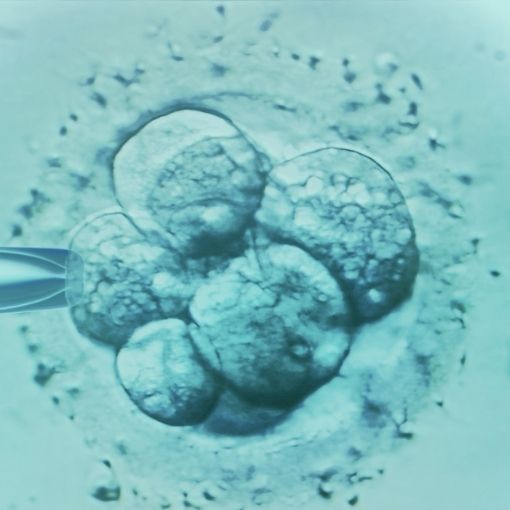Ovulation is the process by which your body releases an egg from the ovary. It typically occurs around the middle of your menstrual cycle, which is the number of days from the start of your last period to the start of your next period. Ovulation is important because it is the time when you are most fertile. Meaning you are more likely to get pregnant if you have unprotected sex during this time.
If you are trying to conceive, it can be helpful to track your ovulation so you know when you are most likely to conceive. One way to do this is by using an ovulation calendar. An ovulation calendar is a tool that helps you predict when you will ovulate based on the length of your menstrual cycle. By tracking your menstrual cycle and noting any changes in your body’s fertility signs, you can get a better idea of when you are most likely to ovulate.
To calculate your most fertile days, you’ll need to track your menstrual cycle for at least a few months. Start by recording the first day of your period on a calendar. This is considered day 1 of your cycle. Count the number of days in your cycle by marking the first day of each subsequent period until the next one starts. The average menstrual cycle lasts 28 days, but it can range from 21 to 35 days.
Once you’ve determined the length of your menstrual cycle, you can use an ovulation calendar to predict when you’ll ovulate. Ovulation typically occurs about 14 days before the start of your next period. For example, if your cycle is 28 days long, you would ovulate around day 14. If your cycle is shorter or longer, you’ll need to adjust accordingly.
You can also use an ovulation calculator. Simply enter the length of your menstrual cycle and the date of your last period. The calendar will then predict when you’re most likely to ovulate based on this information. Keep in mind that this is an estimate, and your actual ovulation may occur a few days earlier or later.
There are also other signs that you can look for to help predict when you are ovulating. Read more about those signs here.
In addition to using an ovulation calendar, you can also try using ovulation test strips which measure the levels of luteinizing hormone (LH) in your urine. LH is a hormone that surges just before ovulation. The ovulation tests can detect this surge up to a day before ovulation occurs.
Knowing when you ovulate is important for anyone trying to get pregnant or trying to avoid pregnancy. By using an ovulation calendar and paying attention to your body’s signs, you can increase your chances of getting pregnant or avoid pregnancy by avoiding unprotected sex during your most fertile days.
It’s important to remember that every woman is different, so it may take some trial and error to determine the most accurate ovulation prediction method for you.
Want to be part of a free community where you can get helpful resources, fertility experts, mentors, therapists and so much more that will help you on your journey? Join Hoopsy Community now!




